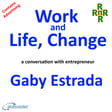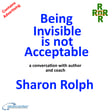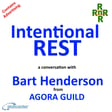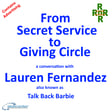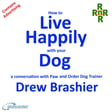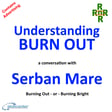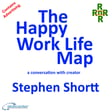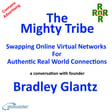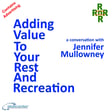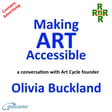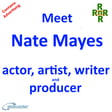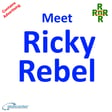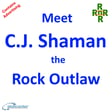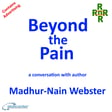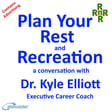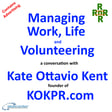
Train Fanning – a conversation with trainspotter, Joe Deppe
Joe Deppe works in the automobile industry in Michigan USA. But spends his rest and recreation time with trains. Not a model railway, but exploring the rail system and recording the historical railroad infrastructure in the area that he lives in.
In this episode of the Abeceder work life balance podcast Rest and Recreation Joe and host Michael Millward discuss what Americans call rail fanning, which is called train spotting in the UK.
Their discussion covers everything from the role played by Thomas the Tank Engine in fuelling Joe’s passion for trains, to the dynamics of the train fanning community.
Joe explains his passion for compiling a record of the old infrastructure of the railroad before it is all digitalised.
Michael covers some of the railway folklore of the village in Yorkshire where he lives.
In their discussion Joe and Michael discuss why cars fail to attract the same level of interest as trains.
You will leave this episode understanding more about an often misunderstood hobby of train spotting.
Rest and Recreation is made on Zencastr, because creating podcasts on Zencastr is so easy, you can as well by visiting Zencastr and using our offer code ABECEDER.
Travel – at trade prices anywhere in the world at trade prices on trains, flights, hotels, and holidays as members of The Ultimate Travel Club.
Health – York Test provides an Annual Health Test. An experienced phlebotomist will complete a full blood draw at your home or workplace. Hospital standard tests covering 39 different health markers are carried out in a UKAS-accredited and CQC-compliant laboratory.
A Personal Wellness Hub gives access your easy-to-understand results and guidance to help you make effective lifestyle changes anytime via your secure, personal Wellness Hub account.
Visit York Test and use this discount code REST25.
Tech Problems? – Visit Three for information about business and personal telecom solutions from Three, and the special offers available when you quote our referral code WPFNUQHU.
If you have liked this episode of Rest and Recreation, please give it a like and download it. To make sure you do not miss future editions please subscribe.
Remember, the aim of all the podcasts produced by Abeceder is not to tell you what to think, but we do hope to make you think!
Being a Guest
If you would like to be a guest on Rest and Recreation, please contact Abeceder.
Matchmaker.fmintroduce many guests to Rest and Recreation. Matchmaker.fm is where great hosts and even greater guests are matched, and fantastic podcasts are hatched. Use code MILW10 for a discount on membership.
We recommend that potential guests take one of the podcasting guest training programmes available from Work Place Learning Centre.
Thank you to you for listening.
We appreciate every like, download, and subscription.

